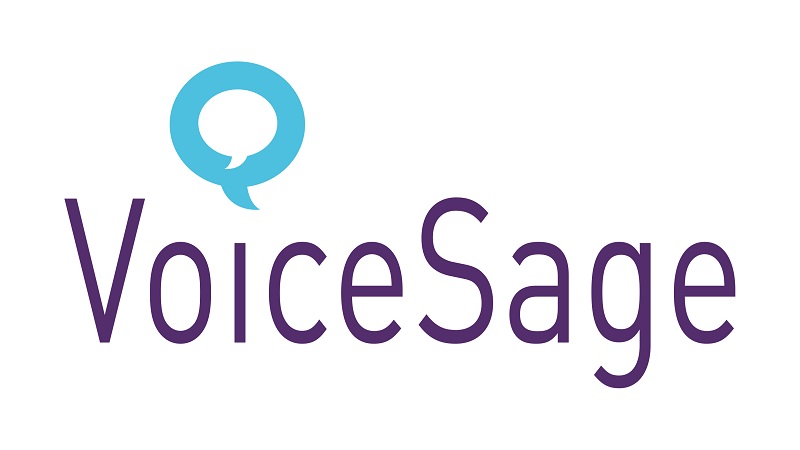SMS rises up the ranks for customer communications, but are retailers are missing out on mobile?
https://contactcentresummit.co.uk/wp-content/uploads/2022/08/mobile-phones-1490691_1280-2.jpg 960 640 Stuart O'Brien Stuart O'Brien https://secure.gravatar.com/avatar/81af0597d5c9bfe2231f1397b411745a?s=96&d=mm&r=gA Wunderkind survey of over 2,000 UK shoppers has revealed that while email remains the dominant channel for consumers, with 84% saying they find it the most convenient channel for communicating with retailers during the buying journey, a third (32%) say they now find text just as convenient – an increase of 6 percentage points year-on-year.
However, despite this increased consumer demand, just one in three retailers currently use text as a marketing channel (beyond purely transactional communication like delivery updates), meaning the vast majority are missing out on a huge opportunity to engage with customers, increase conversions and, ultimately, encourage a greater number of sales – especially when texts are used in careful conjunction with email.
Just over half (56%) of shoppers say they have received a text message from a brand or retailer in the last 12 months, with the same percentage (56%) saying that the speed and convenience of text as a communications channel enhanced and supported their online buying journey, whether by providing information faster than it would have been received through email, or by helping them react to a fast-changing stage in their buying journey, such as a shipping update or the option to use a discount or promotion.
This desire for text communications, Wunderkind’s research suggests, mirrors the now ubiquitous use of smartphones, with consumers increasingly wanting to interact — and buy — through their mobiles. mCommerce transactions made on smartphones and tablets are expected to represent over half (58%) of all online retail sales this year, rising to 63% by 2024, which will equate to sales of around £105 billion.
A separate poll of 60 senior UK marketing and ecommerce professionals in Wunderkind’s ‘Countdown to 2024’ report showed that just a third (34%) currently use text to communicate and engage with shoppers.
Wunderkind’s General Manager International, Wulfric Light-Wilkinson, said: “Text represents a significant opportunity for retailers to increase loyalty and drive sales. Best-in-class customer engagement isn’t about relying on any one channel – but rather, supporting the shopper on their path to purchase, and meeting them wherever they are.
“Regardless of the channel mix, consumer engagement success comes down to brands putting themselves in the shoes of current and prospective customers, understanding how they like to communicate and operate, and using that insight to build campaigns that engage them seamlessly across multiple touchpoints.”
Additionally, it is worth noting that customers engage quickly with texts, which is ideal for retailers or brands wanting to promote a flash sale or send out a time-sensitive message. Research suggests 90% of people open a text message within three minutes of receiving it, while, according to Gartner, texts have an average open rate of 98% and a response rate of 45% – much higher than email (which has an average of 20% and 6% respectively).
Download Wunderkind’s full report: The Untapped Potential of Text.












